Your Impact: March Equinox 2020
The 2019 Shoemaker NEO Grant Winners
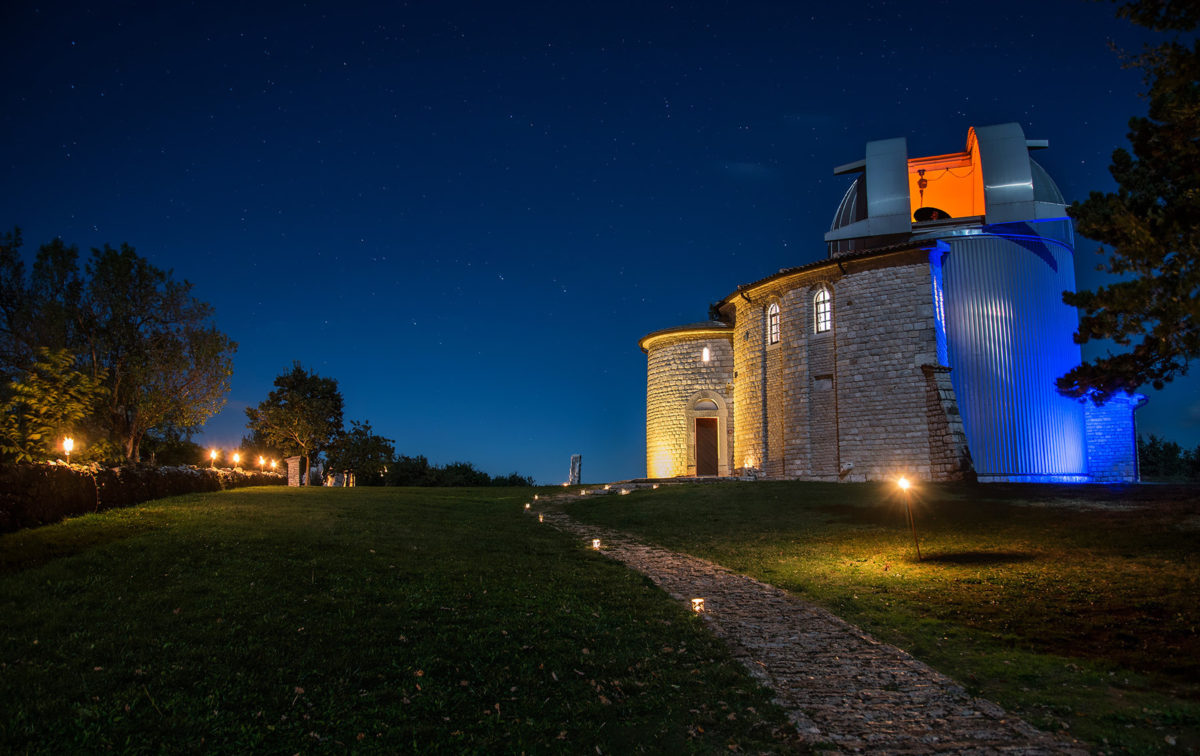
The Planetary Society's Gene Shoemaker Near-Earth Object Grant program helps find, track, and characterize near-Earth objects (NEOs) to determine which objects pose a threat to Earth.
Thanks to your support, over the 22-year history of the program, we have awarded approximately $440,000 in 62 awards to recipients in 19 countries on 6 continents. These award recipients are very advanced, mostly amateur astronomers who are making meaningful contributions to the defense of our planet.
The Planetary Society is excited to announce the newest Shoemaker NEO Grant winners. Because of the support of members like you, these grant recipients will be able to advance their research on potentially hazardous NEOs.
In this round of grants, we awarded a total of $57,906 to 6 groups of astronomers around the world:
- LEONARDO SCANFERLA AMARAL of Observatório Campo dos Amarais in Brazil, an important location because of its view of the very southern sky, which is not seen by the current major asteroid-survey telescopes.
- RUSSELL DURKEE of the Shed of Science Observatory in the United States. Durkee studies spin rates and binary asteroids. He is a high school teacher by day and also uses his observatory to mentor young astronomers.
- RANDY L. FLYNN of Squirrel Valley Observatory in the United States. Flynn focuses on astrometric-tracking measurements, which help determine the orbit of asteroids, particularly for newly discovered asteroids.
- KORADO KORLEVI of Višnjan Observatory in Croatia. The Višnjan Observatory focuses on follow-up astrometric measurements of newly discovered NEOs, including over 1,400 newly discovered NEOs in the last 2 years. The observatory also has educational visits by middle and high school students.
- ALESSANDRO NASTASI, SABRINA MASIERO, and MARIO DI MARTINO of the GAL Hassin Astronomical Center in Italy. Nastasi and his colleagues make astrometric observations of fast-moving, relatively nearby NEOs.
- PAOLO BACCI, LUCIANO TESI, and MARTINA MAESTRIPIERI of the Gruppo Astrofili Montagna Pistoiese at the Osservatorio Astronomico della Montagna Pistoiese in Italy. This group of amateur astronomers focuses on rapid follow-up observations of newly discovered NEOs.
Hera Mission Funded
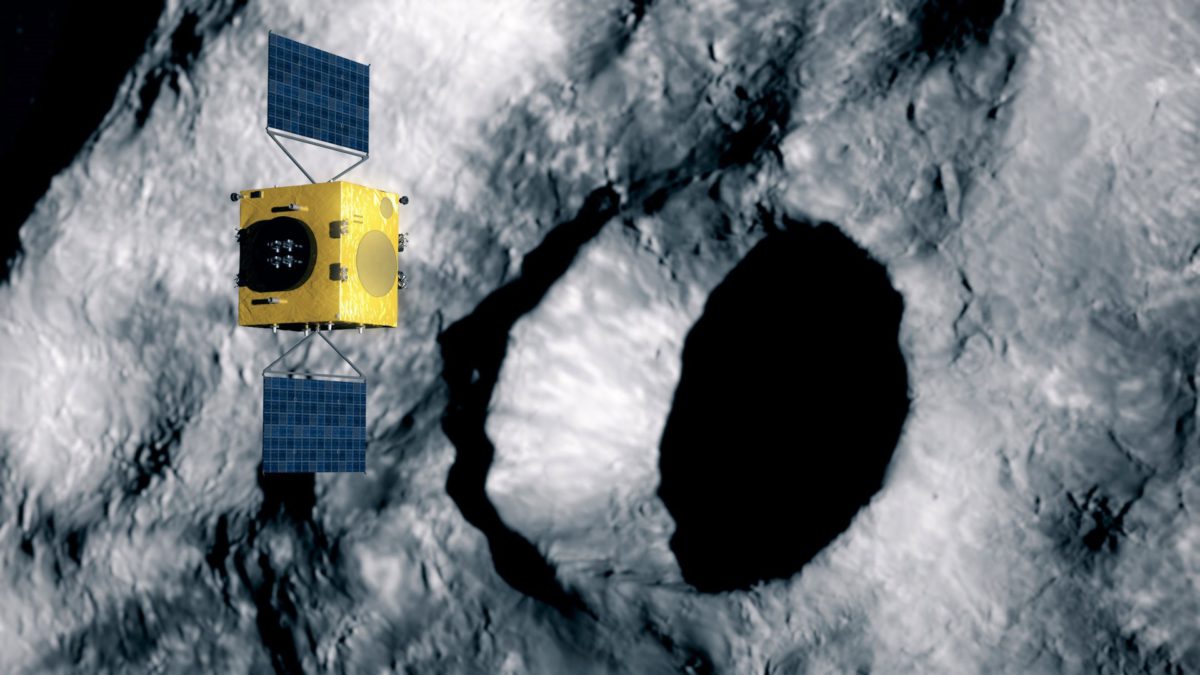
In November, Planetary Society members joined in an international advocacy movement in support of Hera, a European mission to validate critical asteroid deflection techniques. The Planetary Society issued a formal statement of support and asked members like you to sign an open petition in support of the mission. ESA’s member countries agreed to fund the Hera mission during their latest ministerial meeting, which also produced a record budget for the space agency.
LightSail 2 Wins Big
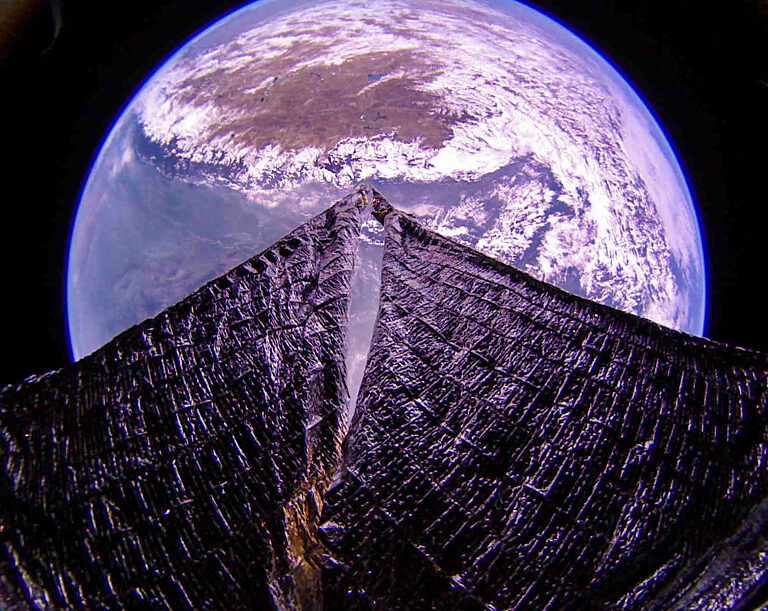
In December 2019, the LightSail 2 project won 2 major awards recognizing its ingenuity and impact on the world: TIME’s 100 Best Inventions of the Year, and the Grand Award Winner for Aerospace in Popular Science’s Best of What’s New. As a member, you not only made the LightSail 2 mission possible—you made it exceptional. Congratulations!
Global Advocacy and Education
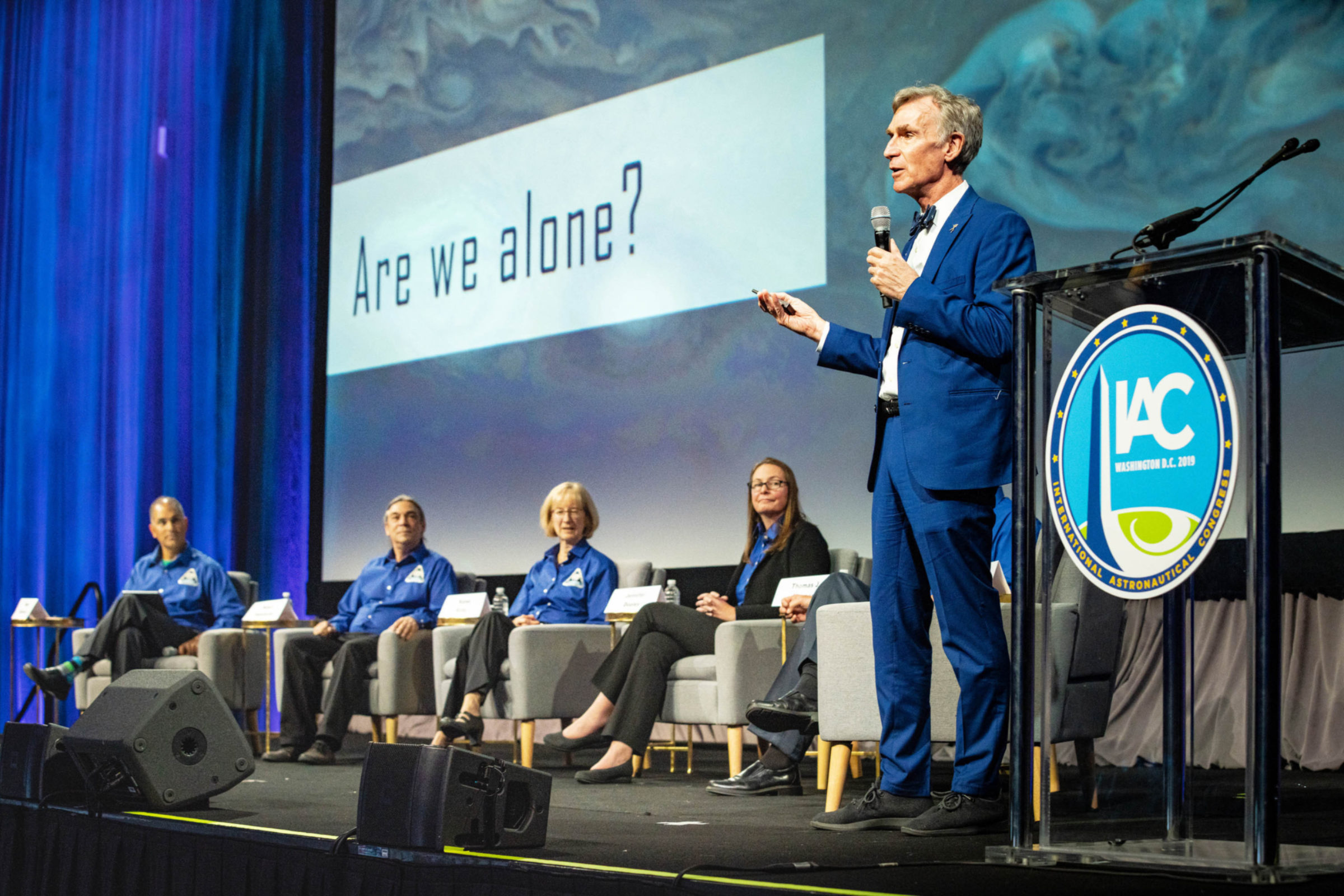
With your support, The Planetary Society works to advance 3 core enterprises:
- Explore Worlds: Increase discoveries about the worlds of our solar system and beyond
- Find Life: Elevate the search for life as a space exploration priority
- Defend Earth: Decrease the risk of Earth being hit by an asteroid or comet
The Planetary Society continues to take our core enterprises to the global stage, sharing key messages with influential audiences. Recent highlights include:
The Pentagon
In October, Chief Advocate Casey Dreier gave a special presentation on planetary defense to decision makers at the United States Department of Defense at the Pentagon, highlighting the potential threat of asteroid impacts and the steps that must be taken to protect our planet. By focusing on specific policy actions, The Planetary Society aims to motivate policymakers around the world to defend our planet and its inhabitants from the asteroid threat.
International Astronautical Congress: The World’s Largest Space Conference
Every year, the world’s leaders in space come together for the International Astronautical Congress (IAC). The discussions range from the highly technical to the philosophical.
This year, as always, The Planetary Society represented our members at IAC and our shared mission to advance space science and exploration.
The Planetary Society’s chief scientist, Dr. Bruce Betts, shared the LightSail 2 project with IAC’s global audience. LightSail 2’s mission continues through outreach like this, showing the groundbreaking developments in space technology that can be made possible through crowdfunded, collaborative projects.
Our CEO, Bill Nye, participated in a plenary discussion of the Europa Clipper program. He also represented Planetary Society members in advocating for global collaboration in the endeavor to find, track, characterize, and deflect potentially dangerous near-Earth objects.
Planetary Society members like you make it possible for us to participate in global meetings like the International Astronautical Congress. Thanks to you, we are able to advance our mission to find life, explore worlds, and defend Earth.
European Space Research and Technology Centre Open Day: Marquee Public Event for Europe’s Largest Space Center
Members across Europe came together in October 2019 to represent The Planetary Society at a public event for ESA’s facility in the Netherlands. These members introduced attendees to The Planetary Society, sharing the LightSail 2 story and tying ESA exoplanet research to projects supported by Planetary Society members like you.
When members go above and beyond to advocate for space, they advance our mission to educate, engage, and empower the world’s citizens in support of space exploration.
Celebrating 40 Years
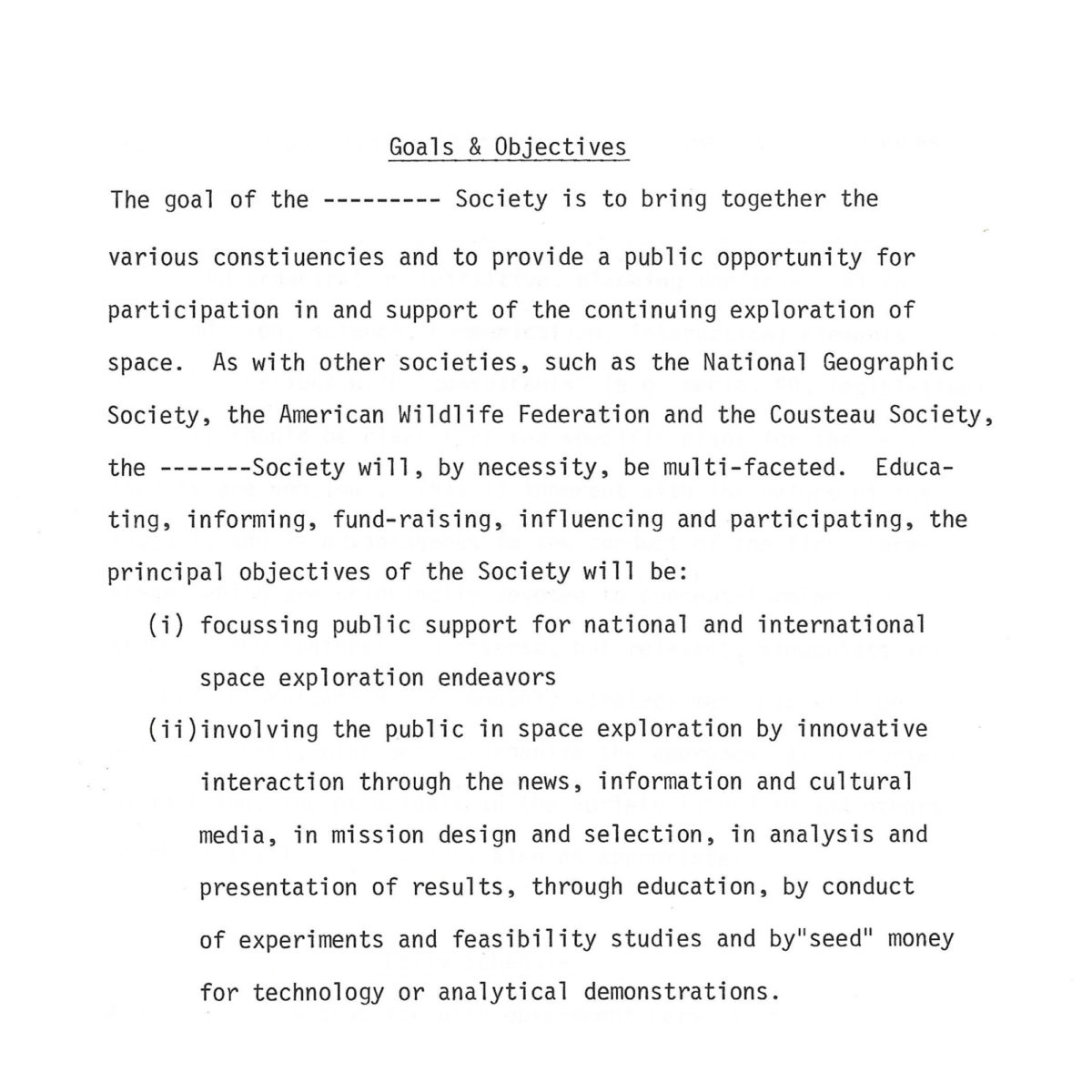
We began as “The --------- Society.” Even before we had a name, our founders, Bruce Murray, Louis Friedman, and Carl Sagan, had a vision for an organization that would unite people in support of space exploration. Forty years later, this vision continues to be realized thanks to you. Throughout 2020, we’ll be celebrating 4 decades of empowering people like you who are passionate about discovery, exploration, and understanding our place in the cosmos. The best is yet to come. Thank you for being with us.
The Planetary Report • March Equinox
Help advance space science and exploration! Become a member of The Planetary Society and you'll receive the full PDF and print versions of The Planetary Report.


 Explore Worlds
Explore Worlds Find Life
Find Life Defend Earth
Defend Earth


